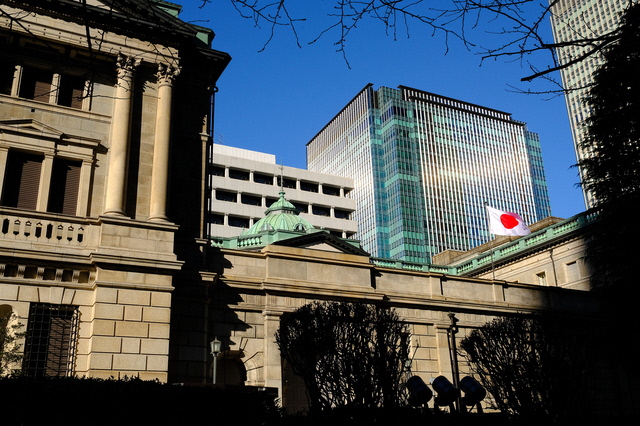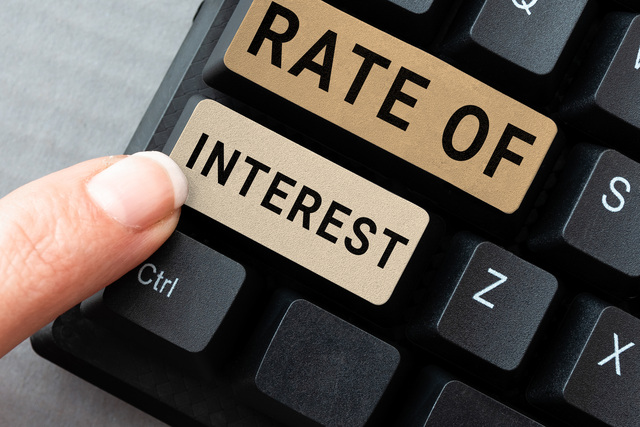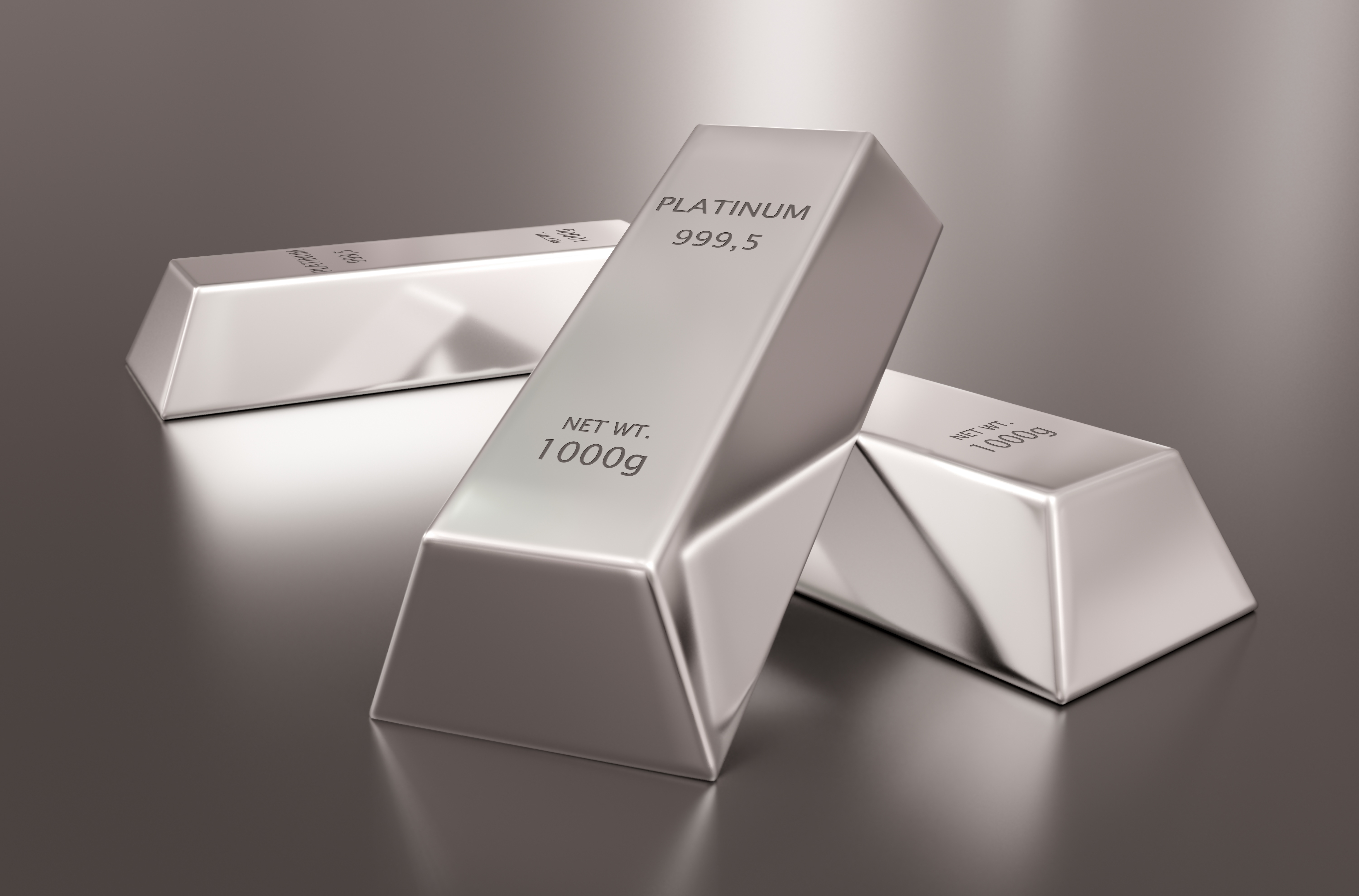OSE Derivatives
Foreign buying of JGBs continues, 1.3 trillion yen in May, 4th consecutive month

Foreign investors continue to buy JGBs. According to statistics released by the Japan Securities Dealers Association on 20th, May put about 1.3 trillion yen of JGBs, excluding short-term JGBs, in net long positions. This is the fourth consecutive month of net long position and the longest in a year and three months.
The underlying assumption is that the BOJ’s monetary easing will be prolonged. The gap between domestic and foreign interest rates has widened, increasing the investment appeal from the perspective of foreign investors.
According to the Japan Securities Dealers Association‘s public and corporate bonds trading trends by investor type, foreign investors put JGBs at 1,307.7 billion yen in net long positions in May. The net long position turned to net long position in February, and the net long position price in March reached a record high of 6.083 trillion yen. This is because the risk averse has intensified due to financial instability in the US and Europe. The net long position continued thereafter, the longest since the four consecutive months of net long position from November 2021 to February 2022.
Looking at the breakdown for May, the most prominent buyers were medium-term bonds such as 5-year bonds, which put a total of 1,603.3 billion yen in net long positions.
Why are foreign investors shifting money into JGBs? One major reason is the short-term interest rate differential between Japan and the US, which currently stands at about 5%, the largest in 22 years.
When foreign investors invest in JGBs, they buy JGBs with yen obtained by selling their foreign currency holdings. At the time of purchase, an exchange reservation (hedge) of selling yen and buying dollars is made to reduce currency risk, which in effect is a transaction of borrowing low-interest yen and lending a high-interest foreign currency.
From the standpoint of the US side, the US side would benefit from the difference in short-term interest rates between Japan and the U.S. It expects to earn at least 5% just by implementing currency hedging transactions.
If interest rates rise (and prices fall), the return from currency hedging could be reduced. However, there is little expectation at this time that the BOJ will embark on a modification of monetary easing, including the lifting of the Negative interest rate, at an early date.
The trading of unsecured overnight call interest rate (TONA) futures listed on the Osaka Exchange shows that the timeframe for the elimination of the BOJ’s Negative interest rate, which the market is incorporating, is still far away, after 2024.
The Bank of Japan has decided to continue its current monetary easing measures from March 15th to 16th of this month. Many officials estimate that the easing will be maintained in the future.
Naomi Muguruma, chief fixed income strategist at Mitsubishi UFJ Morgan Stanley Securities, says, “We will not have the data to revise our policy on the sustainability of wages and inflation until October-December.”
Even if the short- and long-term interest rates operation (Yield Curve Control, YCC) were to be revised, foreign investors are buying medium-term bonds, which are expected to be less priced down compared to long-term bonds.
Foreign buying of JGBs has put downward pressure on interest rates.
On June 20, the yield on the new 5-year Treasury note briefly hit 0.07%. It is at its lowest level since Kazuo Ueda took office as governor of the Bank of Japan in April.
The yield on the newly-issued 10-year JGB, an indicator of the long-term rate, also temporarily hit an one-month low of 0.375% on 20th. The number of days that the market remained below the upper limit of the fluctuation range set by the Bank of Japan reached 69 business days, the longest in a year and three months.
The current rise in Japanese stock prices is also having the effect of lowering interest rates. According to data from the Japan Securities Dealers Association, trust banks, which mainly manage pension funds, put about 2.7 trillion yen in JGBs in net long positions in May, excluding short-term JGBs. Takafumi Yamawaki, bond research director at JPMorgan Securities, notes, “Pension funds are selling stocks and buying yen bonds to rebalance.”
In the January-March period, when the Bank of Japan (BOJ) was expected to revise its policy, there was upward pressure on interest rates as the longterm rate remained at 0.5%, the BOJ’s upper limit of permissible rates.
Upward pressure on domestic interest rates will be overshadowed by the dovish stance of Bank of Japan Governor Kazuo Ueda. “The yield curve has become less distorted, and market functioning has improved” (Chief Market Economist, Daiwa Securities), which also puts the market’s policy revision speculation at a distance.
Given this outlook, there are persistent calls in the forex market for the yen to remain weak. Yujiro Goto, chief currency strategist at Nomura Securities, noted, “The yen is likely to be sold for carry (borrowing) purposes as policy revision speculation recedes.”
However, caution about the BOJ’s policy revisions remains. In May, medium-term bonds were also in a significant net long position, while long-term bonds such as 10-year bonds were in a net short position of 238.8 billion yen.
According to QUICK‘s May Monthly Bond Survey, the largest share of 31% of all respondents answered that the Bank of Japan will revise its longterm rate guidance target in “July.”
If the BOJ decides to change its policy, there will be upward pressure on interest rates and no small effect on the yen exchange rate. Nervousness regarding the Bank of Japan‘s policy is likely to continue for the time being.
Related links





